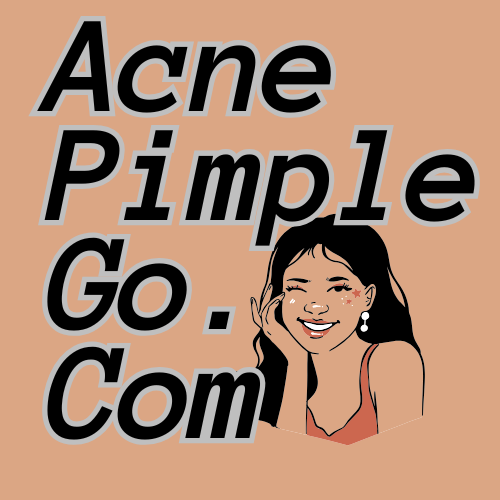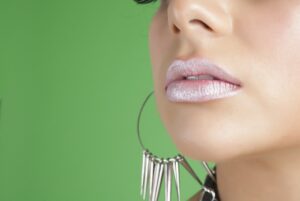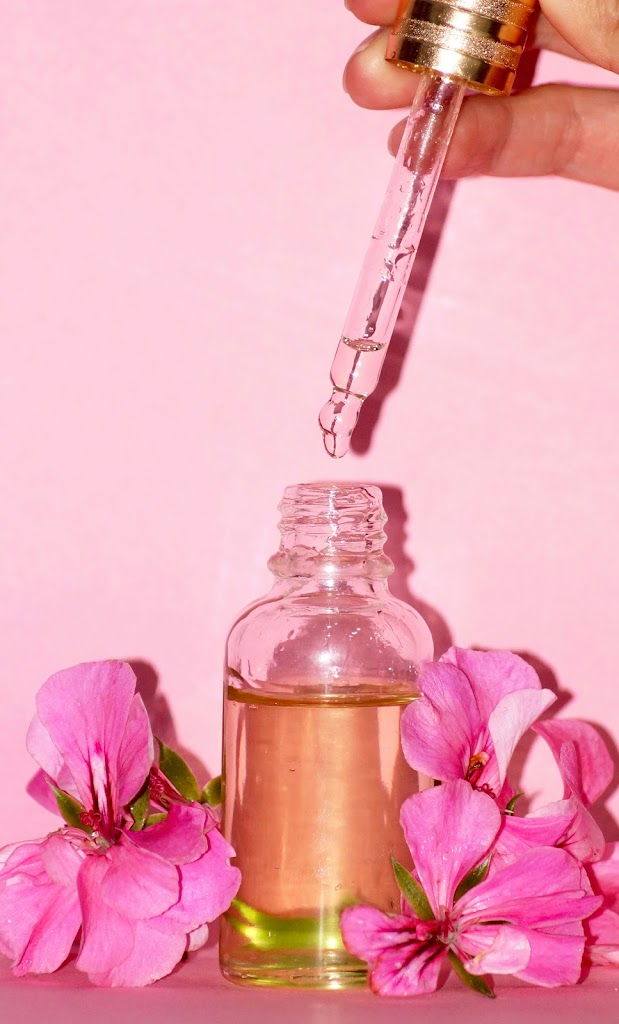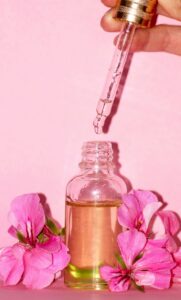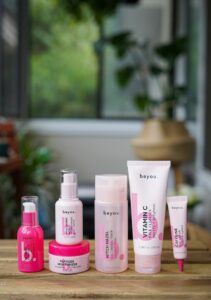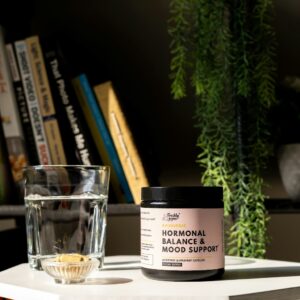Acne affects nearly 85% of people at some point in their lives, making it one of the most common skin conditions worldwide. When searching for effective treatments, two ingredients frequently stand at the forefront of over-the-counter options: benzoyl peroxide and salicylic acid. While both target acne, they work through fundamentally different mechanisms and excel in treating different types of breakouts. This comprehensive guide will help you understand which ingredient might work best for your specific skin concerns.
The Science Behind Benzoyl Peroxide
Benzoyl peroxide (BP) has been a staple in acne treatment since the 1930s, earning its reputation through decades of clinical success. Its primary mechanism of action is antimicrobial—when applied to the skin, BP breaks down into benzoic acid and oxygen. This oxygen release creates free radicals that oxidize and destroy the cell walls of Cutibacterium acnes (formerly Propionibacterium acnes), the bacteria that plays a significant role in inflammatory acne development.
What makes benzoyl peroxide particularly valuable in today’s treatment landscape is that, unlike antibiotics, bacteria cannot develop resistance to its oxidative mechanism. This makes it an excellent long-term treatment option and a valuable addition to antibiotic regimens to prevent resistance.
Beyond its antimicrobial properties, benzoyl peroxide offers mild comedolytic effects (helping to unclog pores) and reduces inflammation, providing a multi-faceted approach to acne treatment.
Concentration Matters
Benzoyl peroxide is available in concentrations ranging from 2.5% to 10%. Interestingly, research has shown that higher concentrations don’t necessarily yield significantly better results but do increase the risk of irritation. A landmark study published in the International Journal of Dermatology found that 2.5% BP was nearly as effective as 5% and 10% formulations but with substantially fewer side effects.
| Concentration | Best For | Notes |
|---|---|---|
| 2.5% | Sensitive skin, maintenance therapy | Good starting point for most people |
| 5% | Moderate inflammatory acne | Balance of efficacy and tolerability |
| 10% | Severe, stubborn acne | Highest irritation potential |
The Science Behind Salicylic Acid
Salicylic acid belongs to a class of compounds called beta-hydroxy acids (BHAs). Unlike alpha-hydroxy acids which are water-soluble, salicylic acid is oil-soluble—this crucial difference allows it to penetrate deep into the lipid-filled hair follicles where acne begins.
Once inside the pore, salicylic acid works through several mechanisms:
-
Exfoliation: It loosens and dissolves the intercellular “cement” that holds dead skin cells together, allowing them to shed more naturally and preventing pore blockages.
-
Comedolytic action: It directly helps dissolve existing comedones (blackheads and whiteheads).
-
Anti-inflammatory effects: Derived from the same family as aspirin (salicylates), it provides mild anti-inflammatory benefits.
-
Sebum regulation: Some research suggests it may help normalize oil production over time.
Salicylic acid typically appears in concentrations between 0.5% and 2% in over-the-counter products, with 2% being the most common for dedicated acne treatments.
Head-to-Head Comparison
Effectiveness by Acne Type
| Acne Type | Benzoyl Peroxide | Salicylic Acid |
|---|---|---|
| Blackheads | Moderately effective | Highly effective |
| Whiteheads | Moderately effective | Highly effective |
| Papules (red bumps) | Highly effective | Moderately effective |
| Pustules (whiteheads with redness) | Highly effective | Somewhat effective |
| Cystic acne | Somewhat effective | Minimally effective |
| Fungal acne | Not effective | Somewhat effective |
Skin Type Considerations
Different skin types respond differently to these ingredients:
Oily Skin: Often tolerates benzoyl peroxide well and may benefit from its drying effects. Can also use higher concentrations of salicylic acid.
Dry or Sensitive Skin: May find benzoyl peroxide too irritating; lower concentrations of salicylic acid (0.5-1%) are often better tolerated.
Combination Skin: May benefit from targeted application—benzoyl peroxide on oily, acne-prone areas and salicylic acid for general maintenance and prevention.
Mature Skin with Acne: Often responds well to salicylic acid, which provides anti-aging benefits through exfoliation alongside acne treatment.
Timeline for Results
Patients often wonder how quickly they’ll see improvement. While individual results vary:
Benzoyl Peroxide: Often shows initial improvement within 5-7 days, with significant clearing typically occurring within 2-4 weeks of consistent use.
Salicylic Acid: Works more gradually, with users typically noticing improved skin texture within 1-2 weeks and reduced breakouts within 4-6 weeks of regular application.
Potential Side Effects
Both ingredients can cause side effects, though they differ in nature:
Benzoyl Peroxide:
- Dryness and peeling (most common)
- Redness and irritation
- Contact dermatitis in sensitive individuals
- Bleaching of fabrics, clothing, and hair
- Increased sun sensitivity
Salicylic Acid:
- Mild dryness and flaking
- Temporary stinging upon application
- Purging (temporary increase in breakouts as clogged pores clear)
- Salicylate sensitivity in rare cases
- Increased sun sensitivity
Strategic Usage for Maximum Benefit
Combining Treatments
Many dermatologists actually recommend using both ingredients as part of a comprehensive skincare routine:
Morning Routine Example:
- Gentle cleanser
- Benzoyl peroxide (on active inflammatory lesions only)
- Oil-free moisturizer
- Sunscreen
Evening Routine Example:
- Gentle cleanser
- Salicylic acid treatment (all acne-prone areas)
- Hydrating, non-comedogenic moisturizer
This approach capitalizes on the strengths of each ingredient while minimizing irritation by separating their application times.
Short Contact Therapy
For those with sensitive skin who still want benzoyl peroxide’s benefits, short contact therapy offers an alternative approach. Apply benzoyl peroxide wash or cream for 2-5 minutes before rinsing thoroughly. Studies show this method reduces irritation while maintaining approximately 70% of the efficacy of leave-on treatment.
Beyond the Basics: Advanced Considerations
Formulation Matters
The vehicle (cream, gel, lotion, etc.) delivering the active ingredient significantly impacts both efficacy and tolerability:
Benzoyl Peroxide:
- Creams: Better for dry or sensitive skin
- Gels: Better for oily skin but potentially more irritating
- Washes: Good for body acne or those who experience fabric bleaching
Salicylic Acid:
- Cleansers: Gentle introduction but limited contact time
- Leave-on treatments: More effective but potentially more irritating
- Moisturizers with salicylic acid: Good for maintenance therapy
Complementary Ingredients
Both actives work well alongside certain companion ingredients:
Effective Benzoyl Peroxide Pairings:
- Adapalene (Differin): Creates a powerful combination therapy
- Clindamycin: Prevents bacterial resistance when used together
- Niacinamide: Helps reduce irritation and strengthen skin barrier
Effective Salicylic Acid Pairings:
- Glycolic acid: Enhances exfoliation (use with caution)
- Niacinamide: Helps control oil production and reduce redness
- Hyaluronic acid: Counteracts potential drying effects
Special Populations
Pregnancy Considerations: Salicylic acid in low concentrations (≤2%) in topical products is generally considered safe for limited, localized treatment during pregnancy. Benzoyl peroxide is also considered safe for use during pregnancy, though as with all medications, consultation with an obstetrician is recommended.
Teenage Acne vs. Adult Acne: Teenage acne, often characterized by more widespread oiliness and comedonal acne, frequently responds well to benzoyl peroxide. Adult acne, particularly hormonal acne along the jawline and lower face, sometimes responds better to combination approaches including salicylic acid.
Making Your Decision
Rather than declaring one ingredient universally “better” than the other, consider these factors when making your choice:
-
Evaluate your primary acne type:
- Predominantly blackheads and whiteheads → Salicylic acid
- Predominantly inflammatory papules and pustules → Benzoyl peroxide
-
Consider your skin sensitivity:
- History of irritation or sensitive skin → Start with salicylic acid
- More resilient skin → Either ingredient may be suitable
-
Think about convenience factors:
- Concerned about bleaching fabrics → Salicylic acid
- Need once-daily application → Benzoyl peroxide typically has longer-lasting action
-
Analyze past treatment responses:
- Previous success with one ingredient suggests continued use may be beneficial
- Previous failure suggests trying the alternative
-
Consider starting with lower concentrations of either ingredient and gradually increasing based on tolerance and results.
The Bottom Line
Both benzoyl peroxide and salicylic acid are backed by decades of research confirming their effectiveness in treating acne. Their different mechanisms of action make them suitable for different acne types, and many people achieve optimal results by incorporating both into their skincare routine in a strategic manner.
For persistent, severe, or cystic acne that doesn’t respond to over-the-counter treatments, consulting with a dermatologist is always recommended. They can provide prescription-strength formulations, combination therapies, or alternative treatments that may be more effective for your specific condition.
Remember that consistency is key with any acne treatment. Whichever option you choose, allow at least 4-6 weeks of regular use before evaluating its effectiveness, and maintain realistic expectations—improvement is typically gradual rather than overnight.
